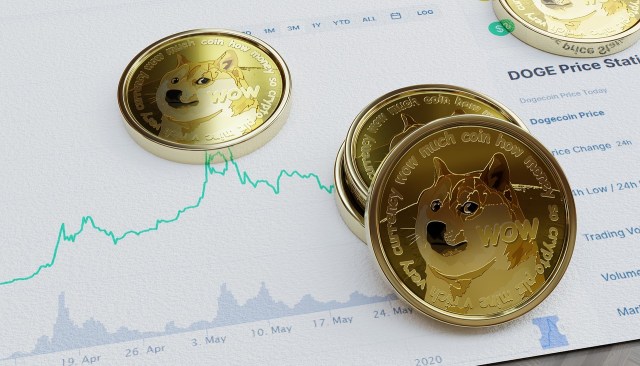On-chain data suggests that Bitcoin miners would be under pressure right now as the price is quite close to the baseline for these chain validators.
Bitcoin Difficulty Regression Model Puts Mining Cost At $57,200
In a new post on X, analyst Checkmate talked about the current situation of Bitcoin miners. The analyst referred to the Difficulty Regression Model, which estimates the average production cost of these chain validators for mining one asset token.
This model bases itself on the network’s Difficulty, which measures how hard the miners would find it to find new blocks. The BTC blockchain automatically adjusts the Difficulty every two weeks based on the speed at which miners have performed their tasks since the last adjustment.
This concept is built into BTC’s code so that the block production rate (the amount of time miners take to find the next block) stays around a constant value.
But why did Satoshi feel the need to make this so? It’s because miners receive block subsidies as compensation for solving blocks, which happens to be the only way to mint more of the asset.
When miners increase their total computing power (what’s known as the Hashrate), they naturally become better at their task and produce blocks faster. If this growth is unchecked, these validators will keep pumping out blocks faster and faster, leading to the asset’s supply exploding.
Supply-demand dynamics govern that such an explosion would tank the asset’s value. The Bitcoin creator realized this and programmed the Difficulty feature into the blockchain.
Now, whenever miners raise their Hashrate, the network also increases the difficulty by about the same proportion in the next adjustment, thus counteracting the speed increase miners could leverage the extra power for.
Coming back to the Difficulty Regression Model, this indicator uses the Difficulty to calculate the production cost of BTC since it essentially encapsulates everything related to the miners due to its relation to the Hashrate.
Here is how the average cost of producing 1 BTC has changed over the past few years, according to this model:
As is visible in the above graph, the Bitcoin miner’s cost of production is around $57,200 right now, which is a mark that BTC had slipped below earlier in the month but has since recovered above.
Despite the recovery, the asset’s spot value is perhaps too close to comfort for miners. Some of these validators running inefficient machines may even be at a loss. All that this cohort can do is hope that a rally occurs shortly.
BTC Price
At the time of writing, Bitcoin is trading at around $61,100, up 8% over the past week.










